Report this entry
More from the same community-collection
Texas (El Paso County) Fort Bliss Quadrangle
This map represents the Fort Bliss Quadrangle in El Paso County, ...
Pictorial Map of El Paso, Texas and Juarez, Mexico
Visitor guide with pictorial map of El Paso, Texas and ...
Map of El Paso's Domain circa 1905
Railroad facilities; mining areas of copper, gold, mercury, ...
Dividing Line between Mexico and the United States
Map of the dividing line between Mexico and the United States ...
El Paso Quadrangle, Texas (El Paso County)
Topography of El Paso County, Texas and the El Paso Quadrangle. ...
West Texas Young Marines honor Veteran's
West Texas Young Marines celebrated Veterna's day by marching in ...
West Texas Young Marines DDR 5 K Dash
West Texas Young Marines celebrated Red Ribbon Week with a Drug ...
West Texas Young Marines lay wreaths at Ft. Bliss Cemetery
West Texas Young Marines honored Veterans by laying wreaths at ...
West Texas Young Marines celebrate Presidents Day 2.19.18
Sienna Patton presents during State of Texas Anniversary ...
West Texas Young Marines celebrate Presidents Day 2.19.18
West Texas Young Marines Participate in State of Texas ...
Ciudad Juarez, Mexico Racetrack
Juarez Racetrack stables, a couple of possible stable hands look ...
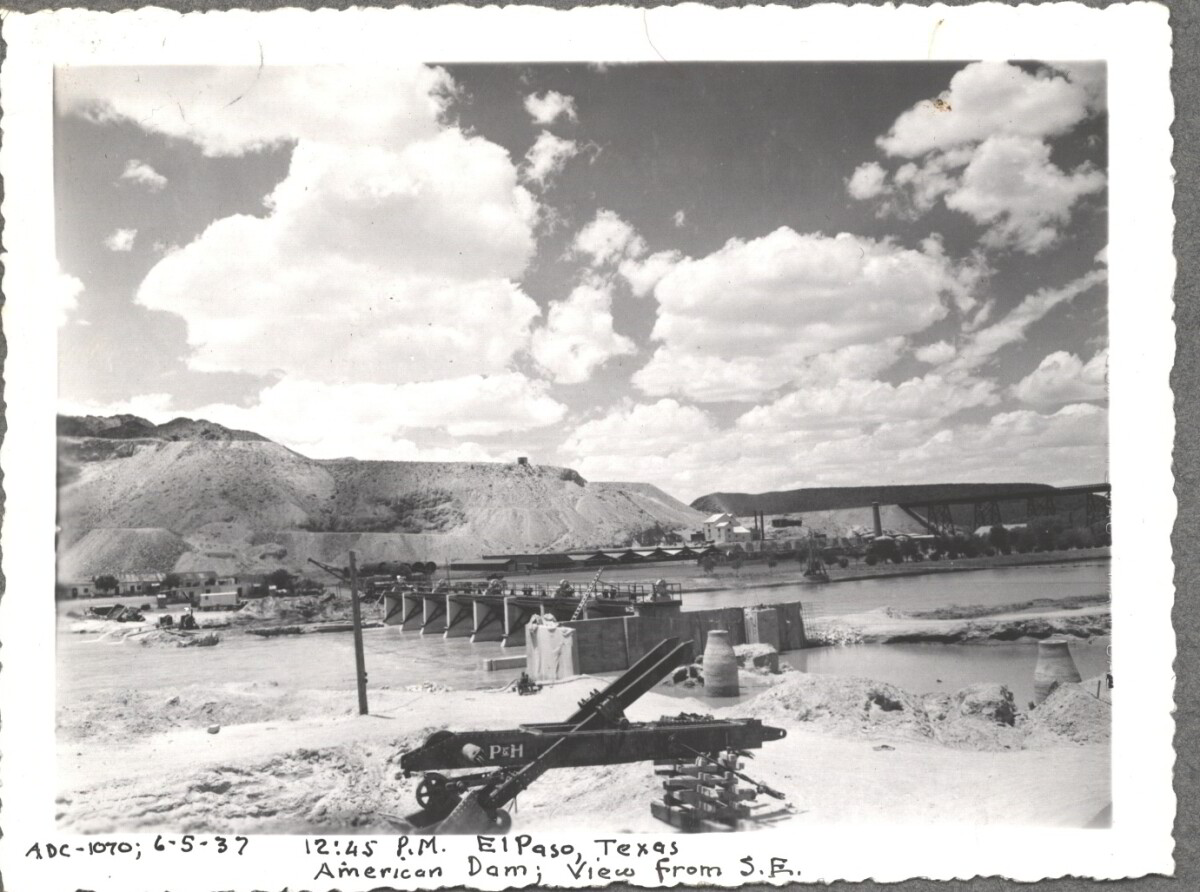
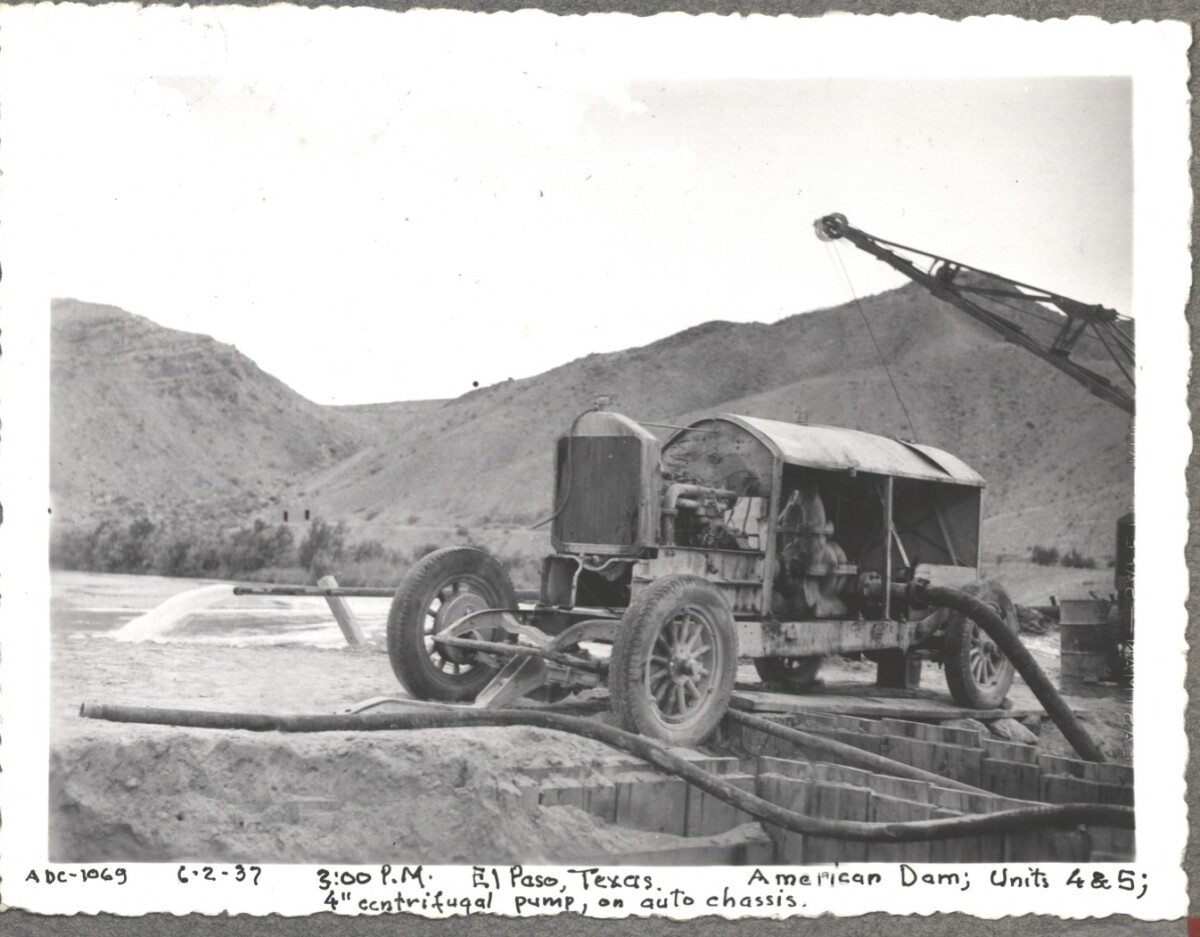

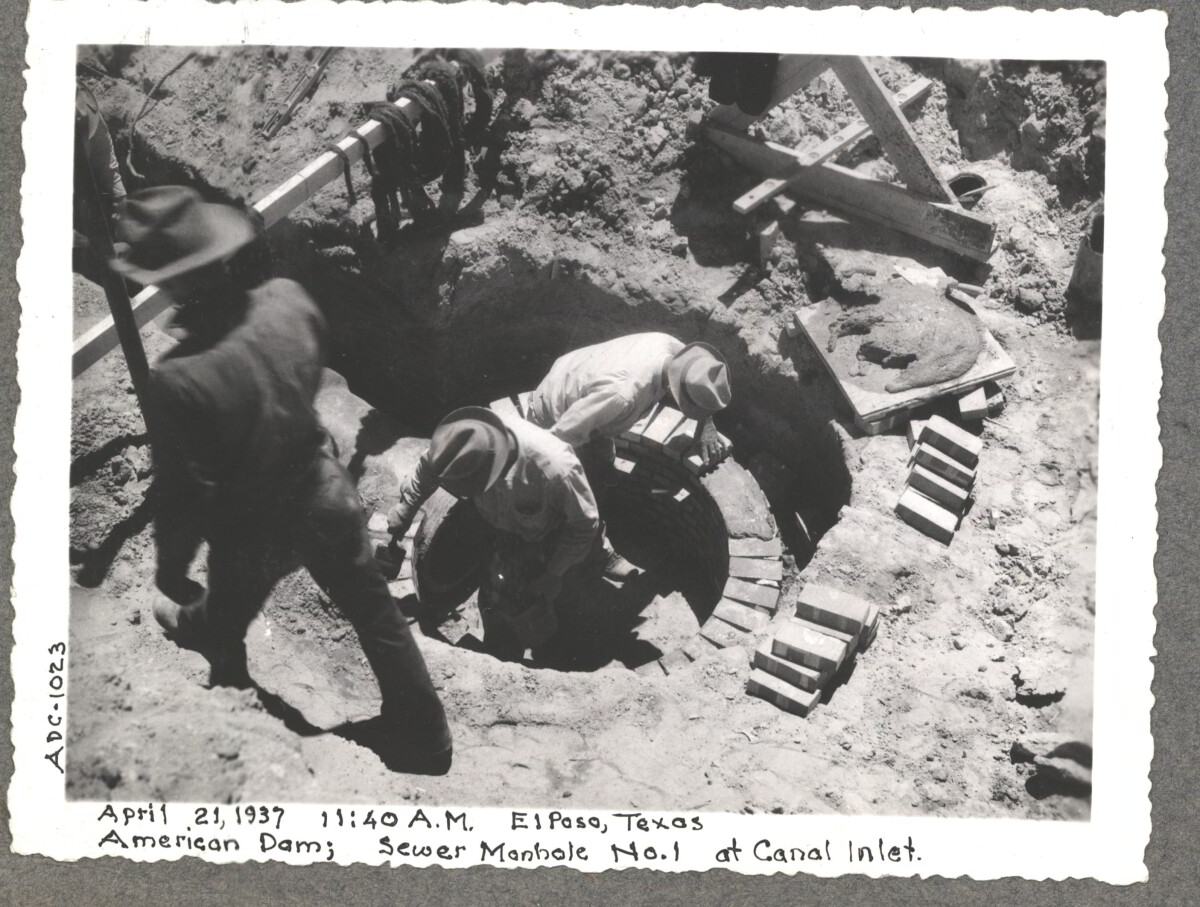
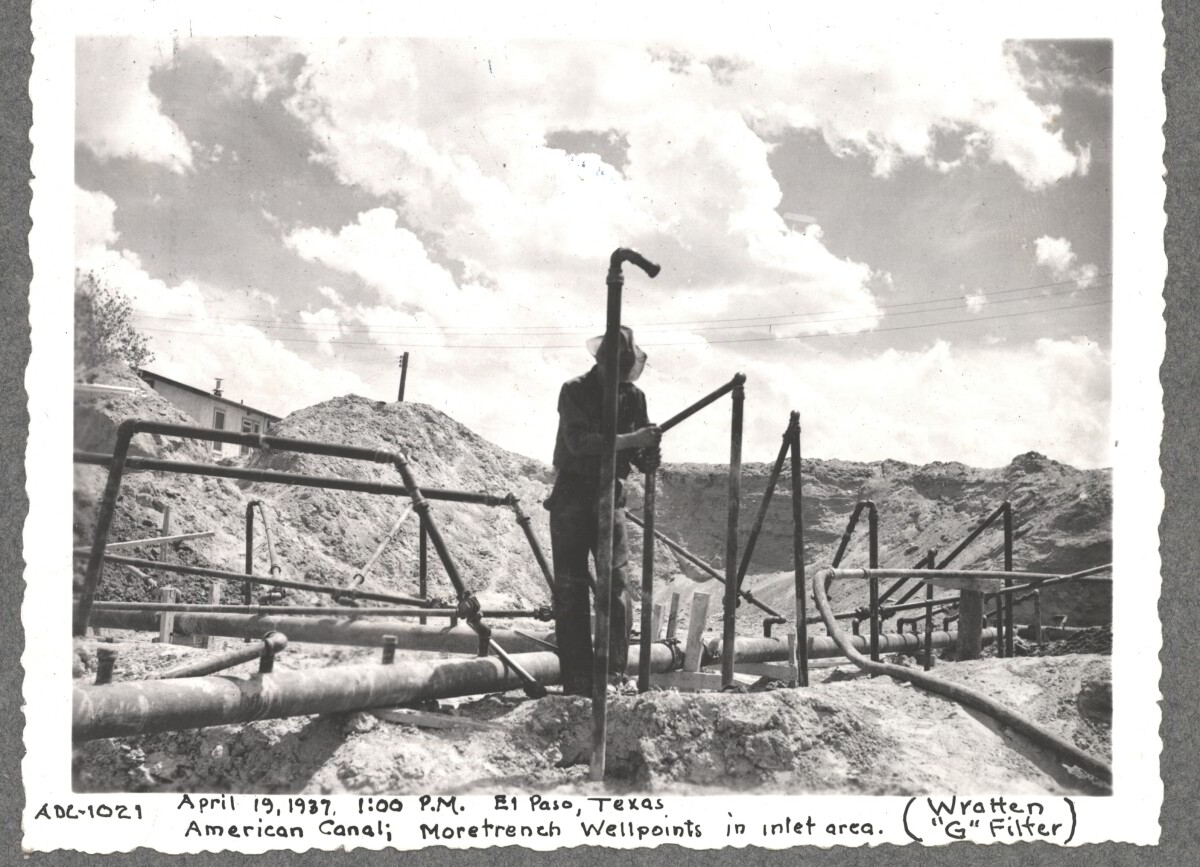
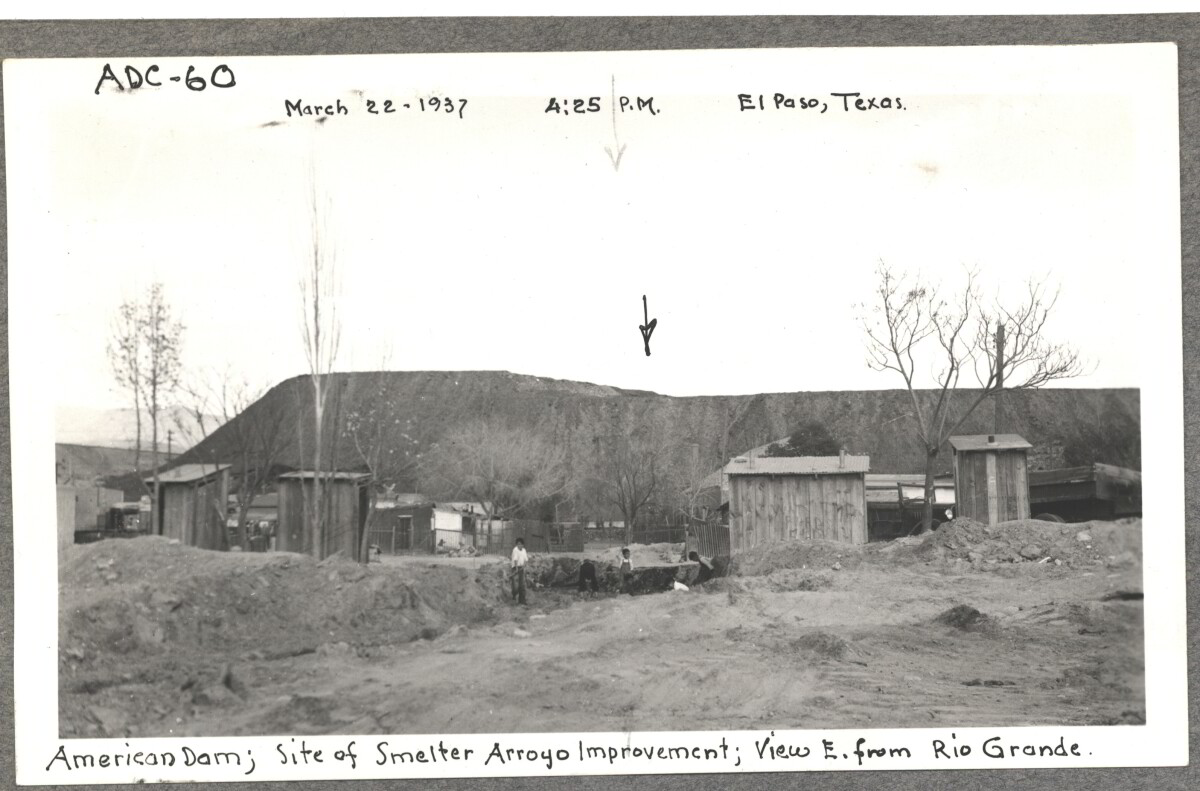
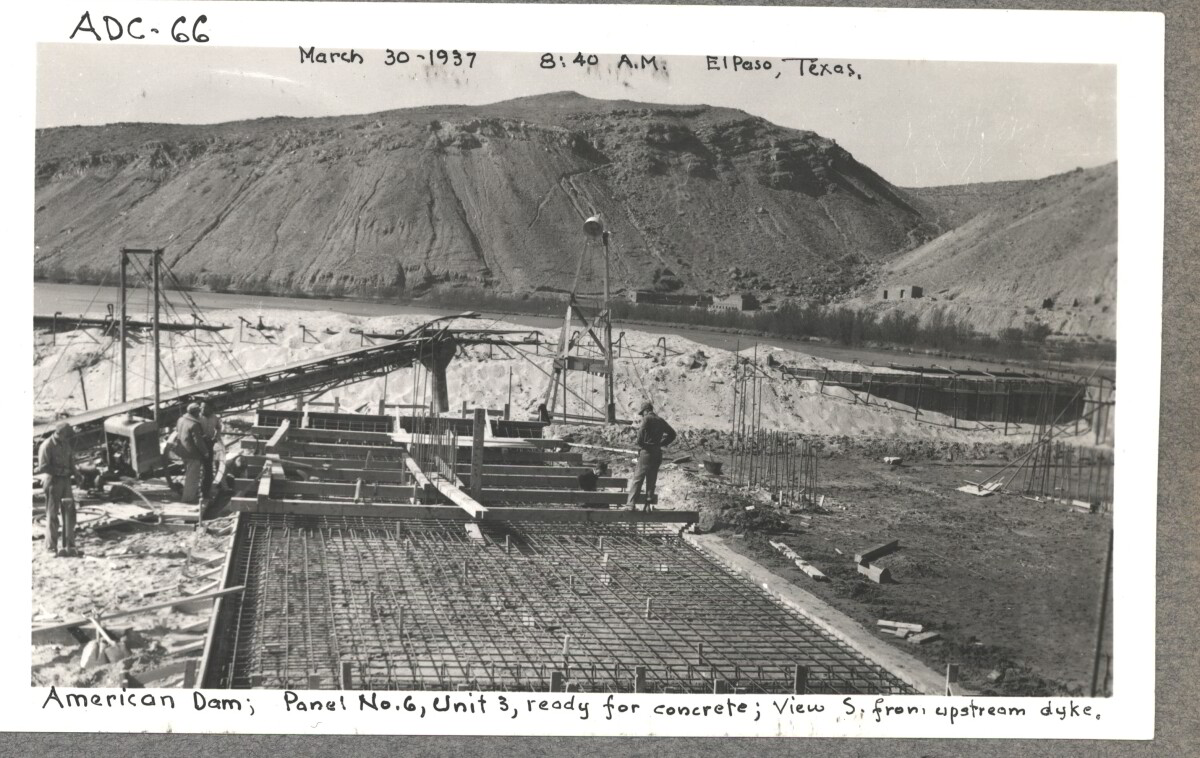
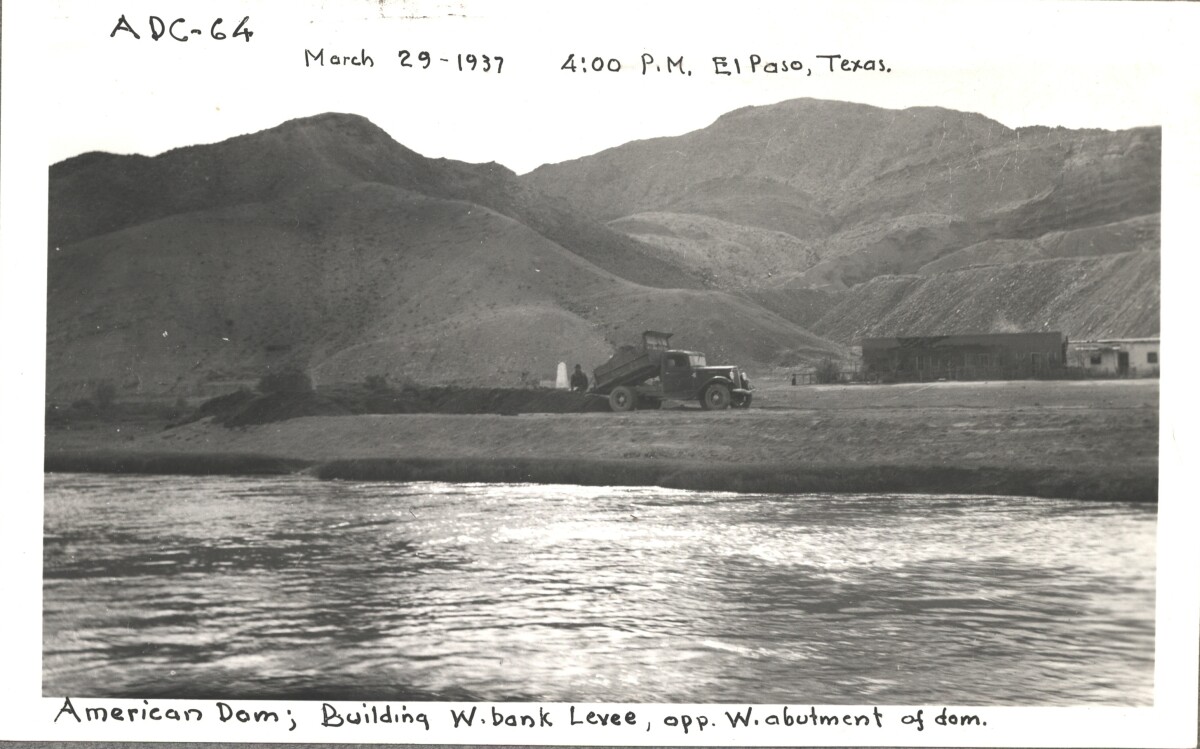
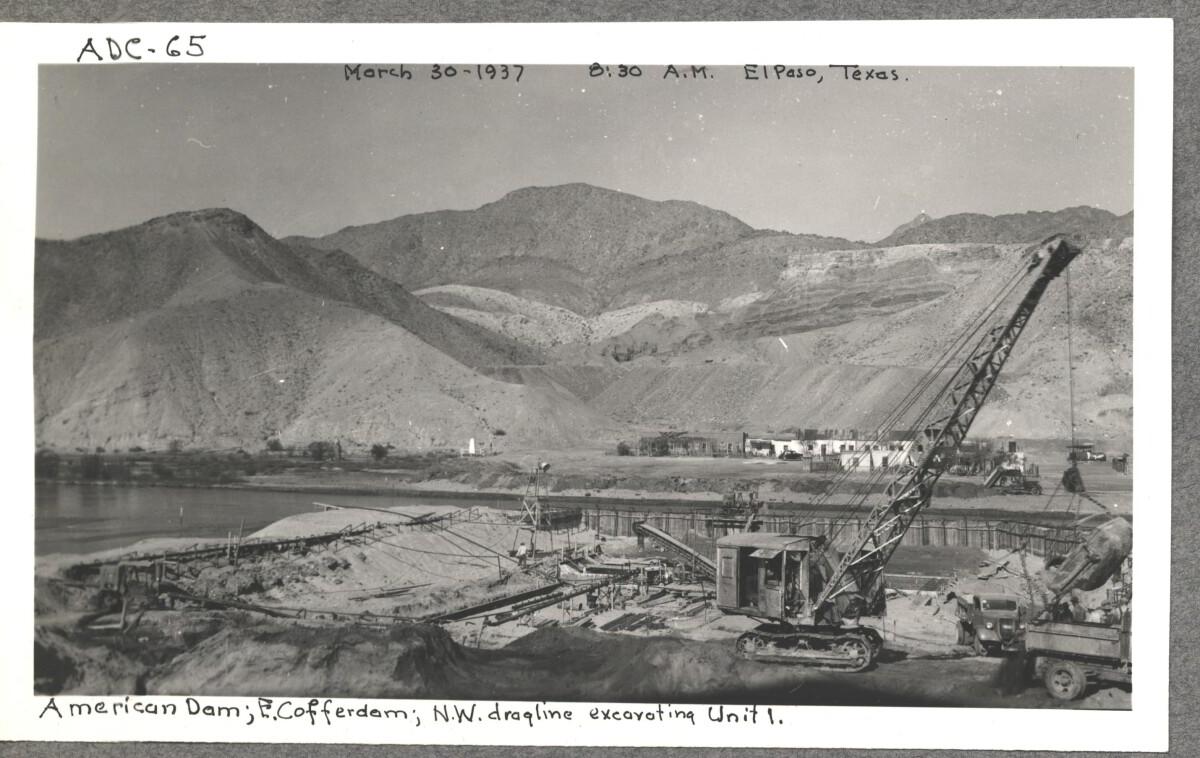
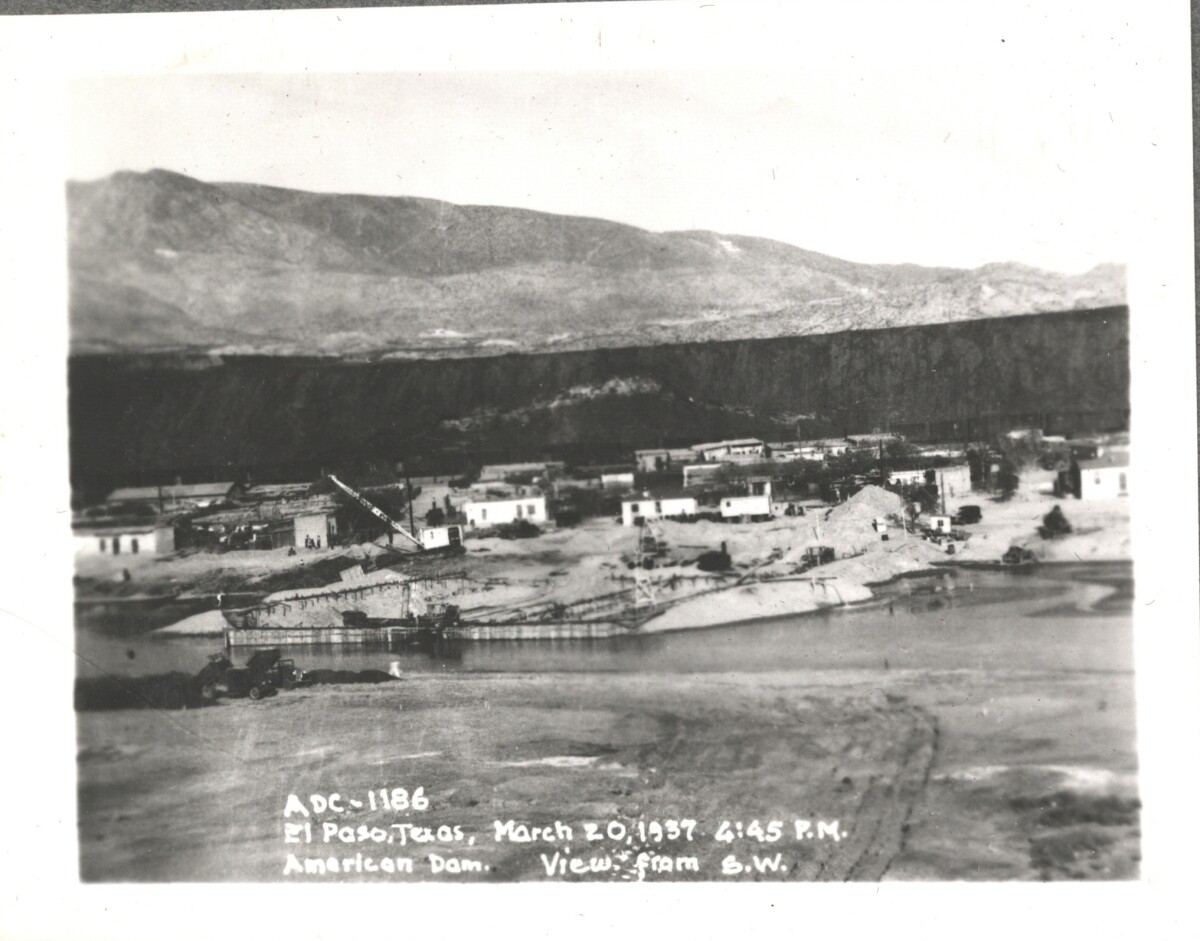
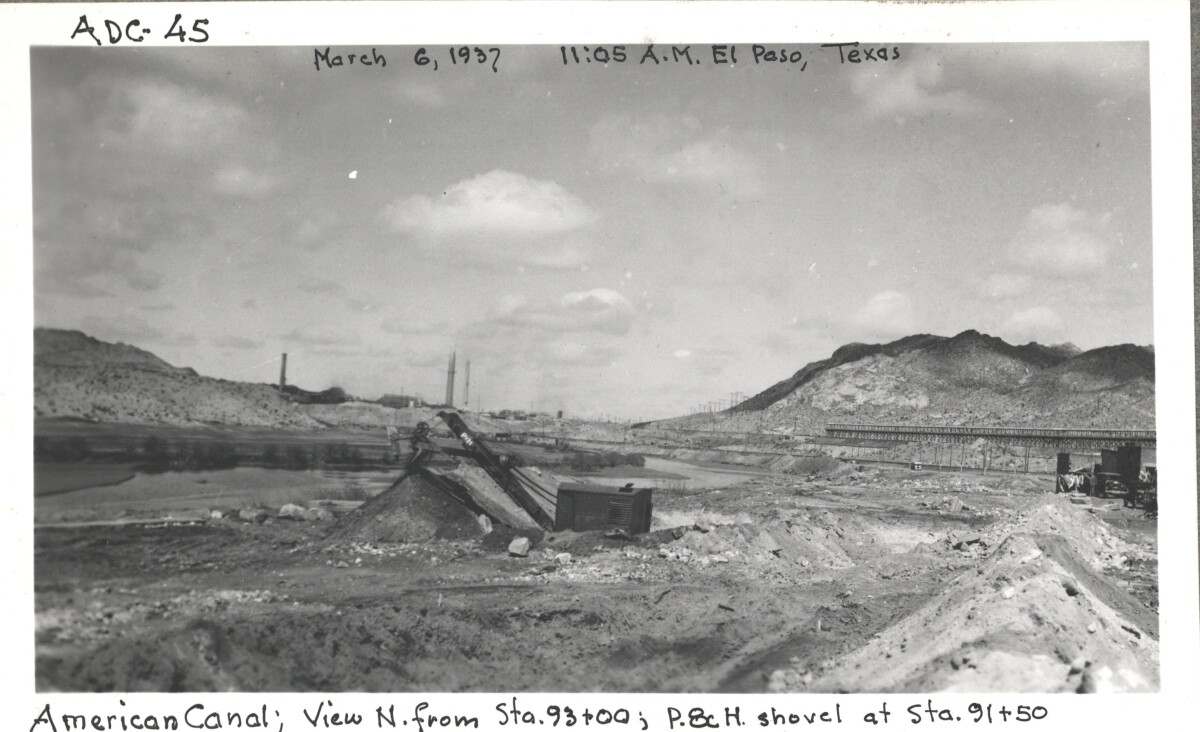
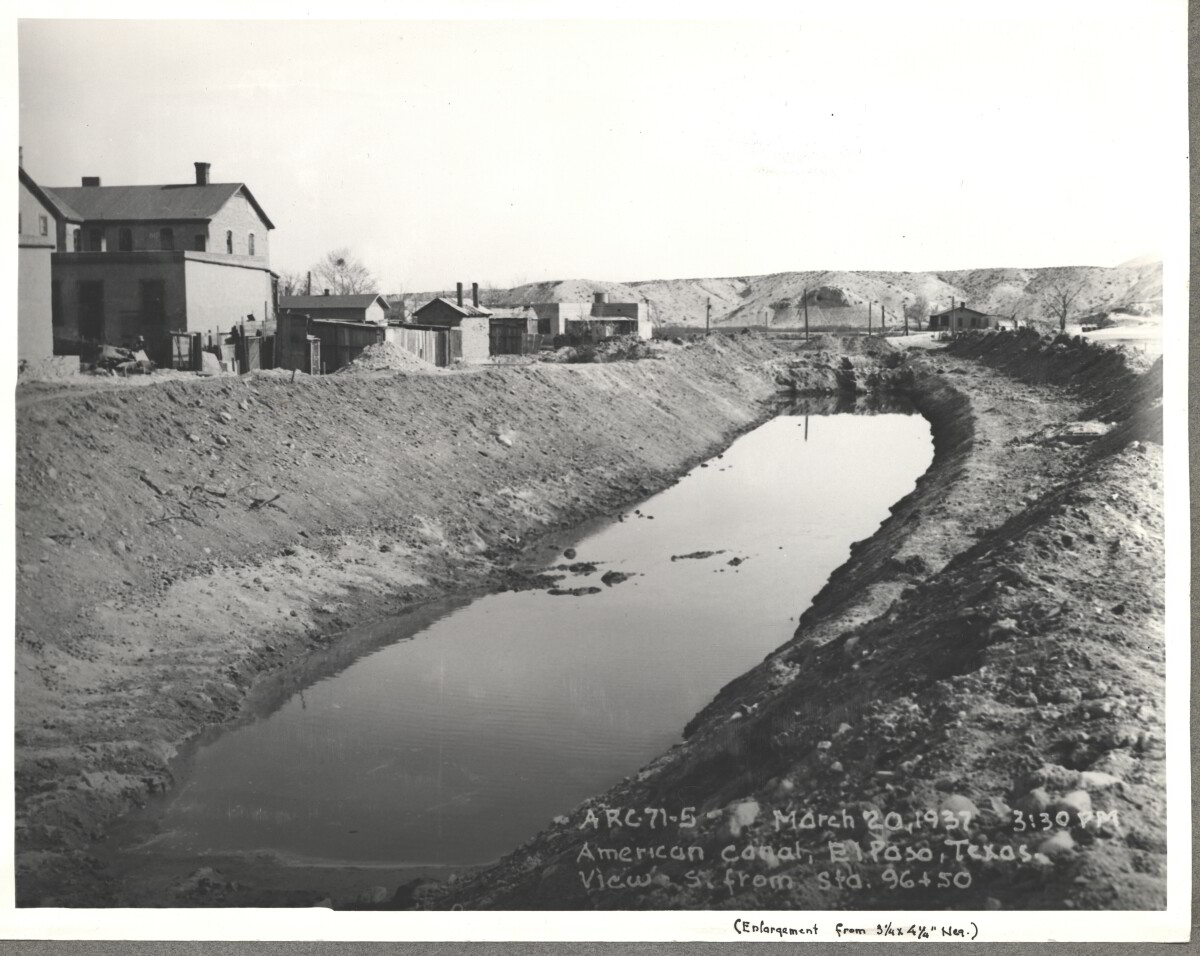
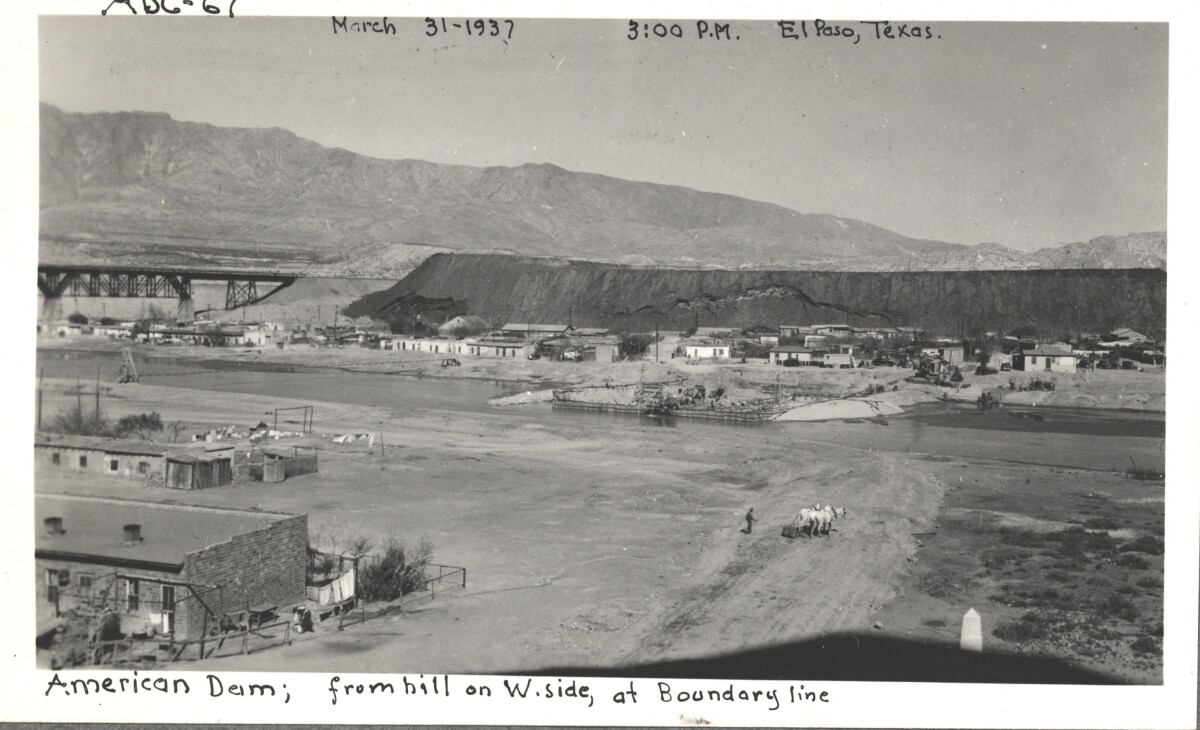
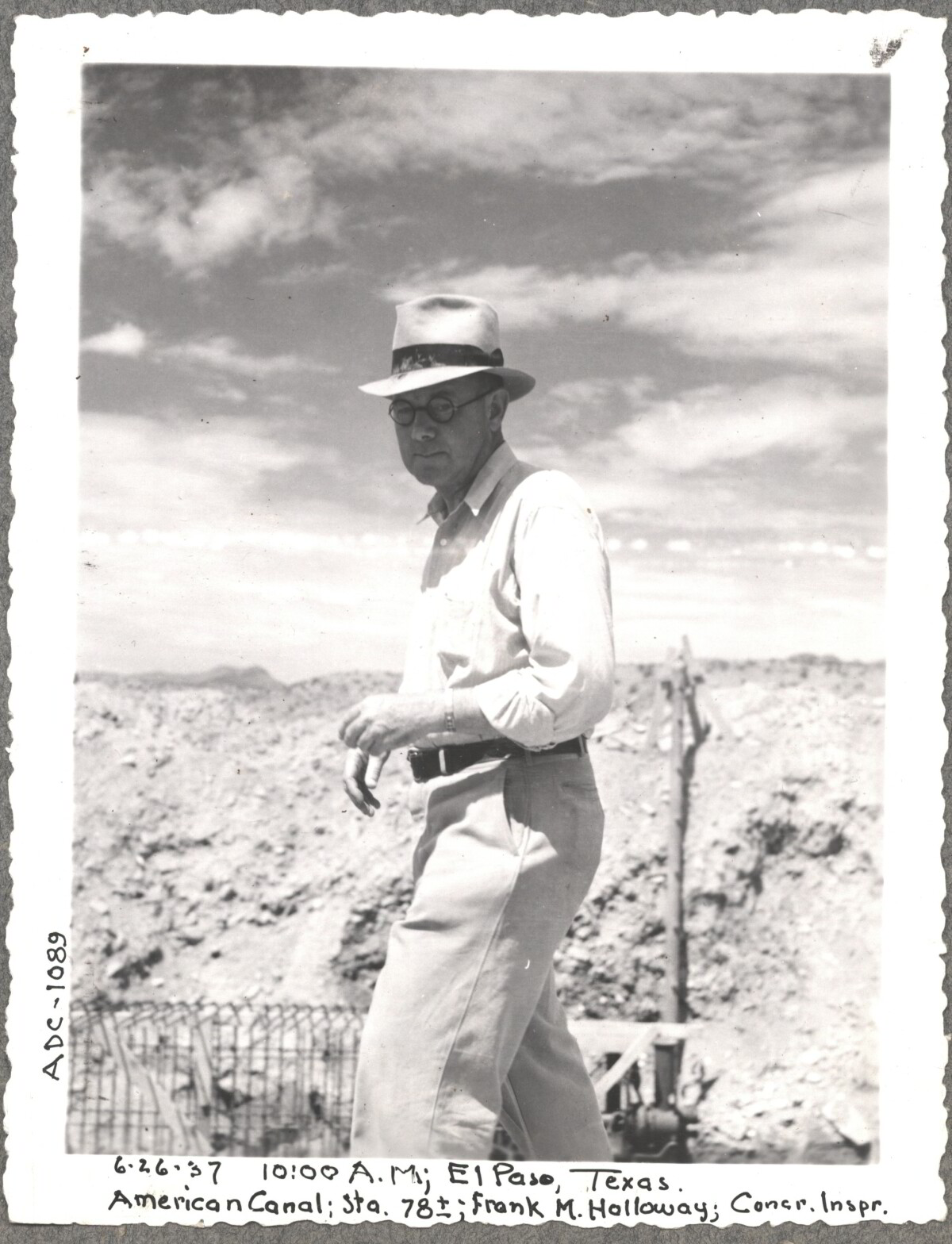
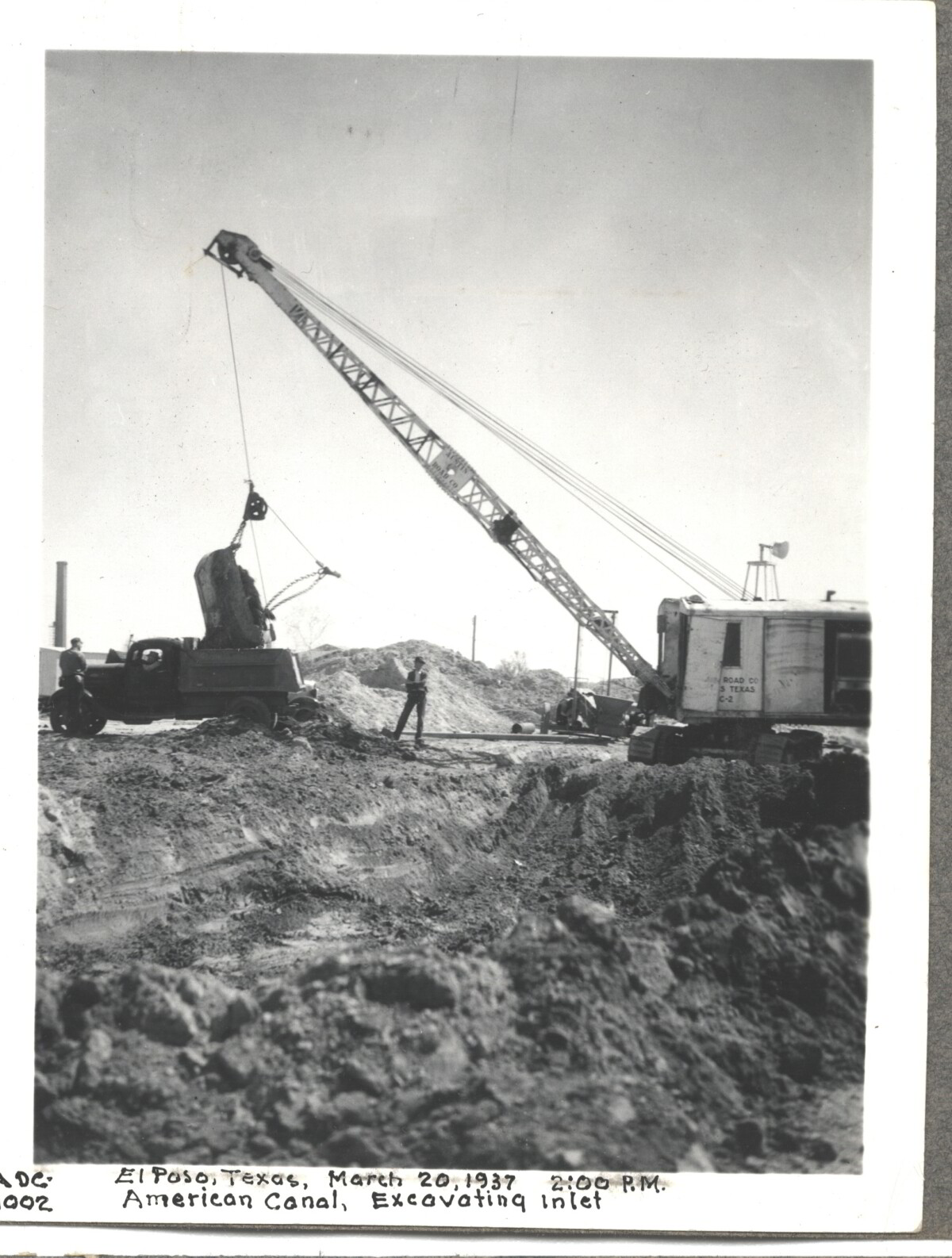
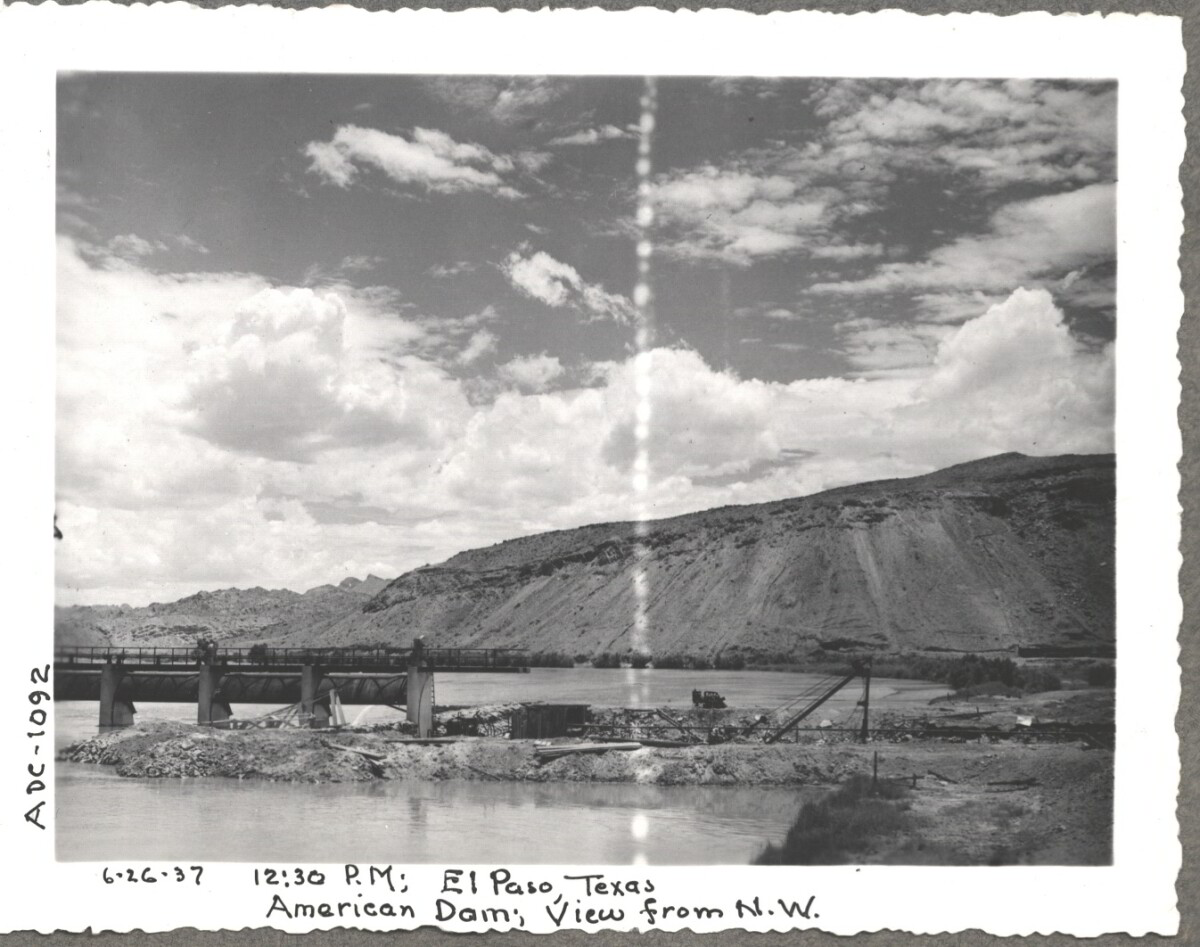
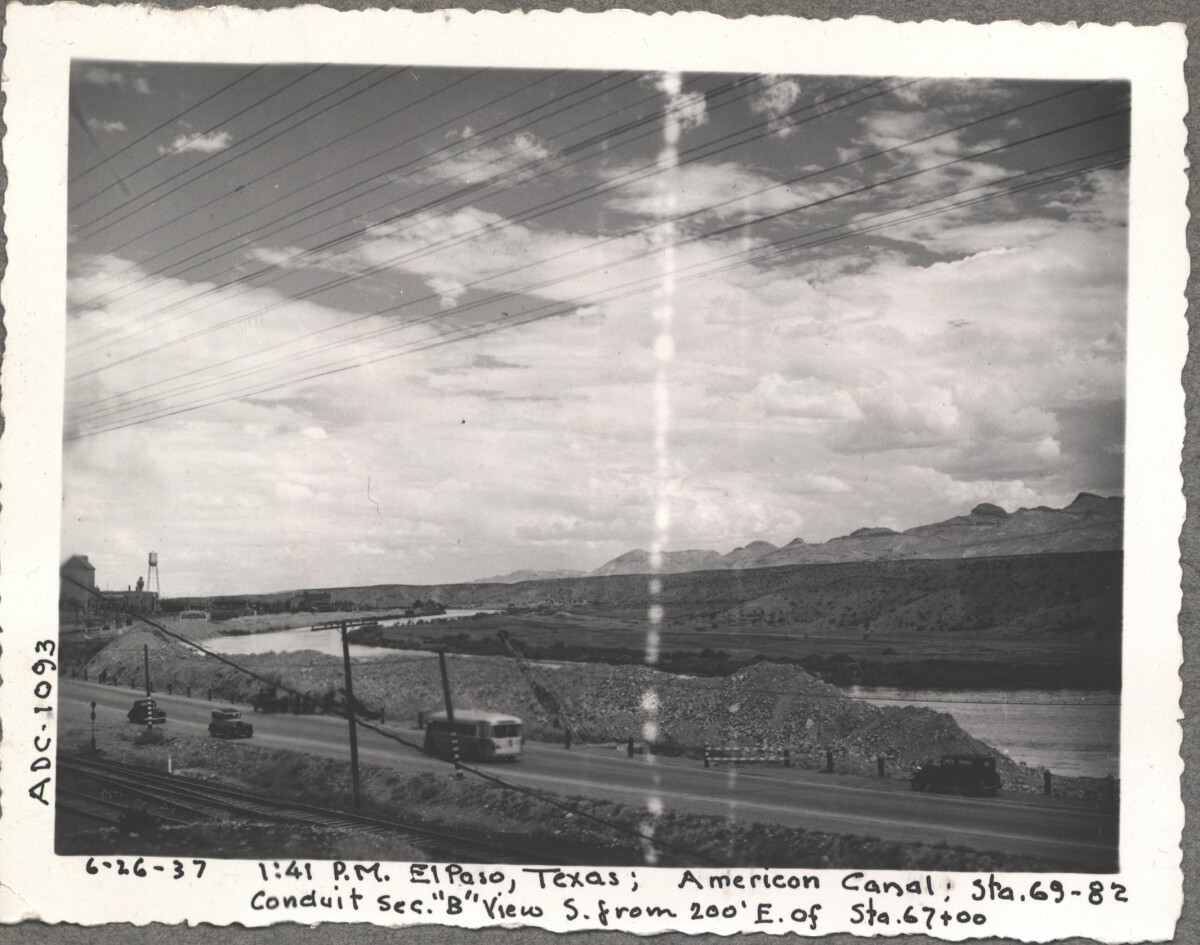
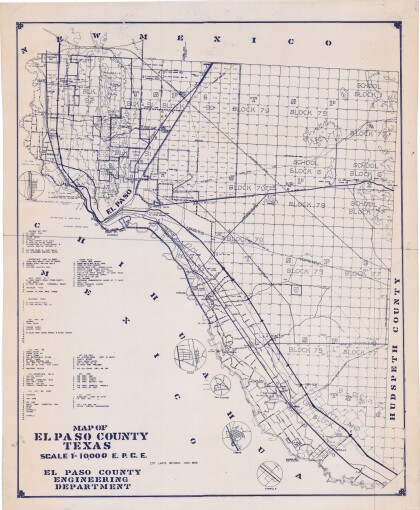
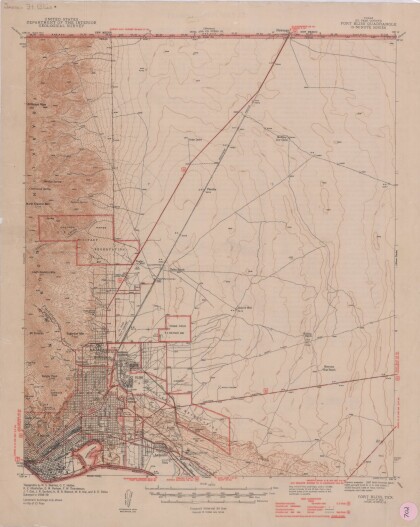
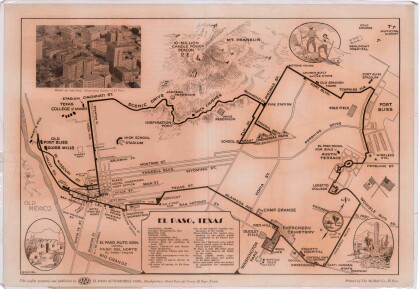
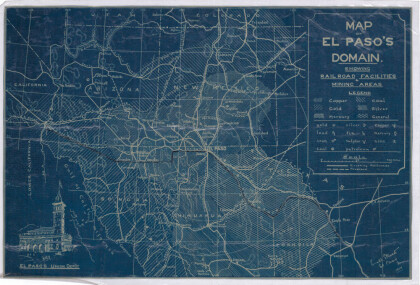

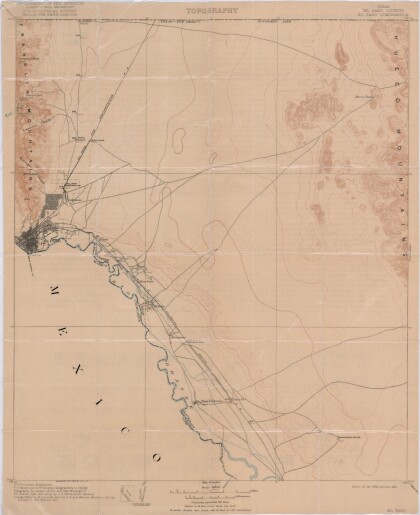
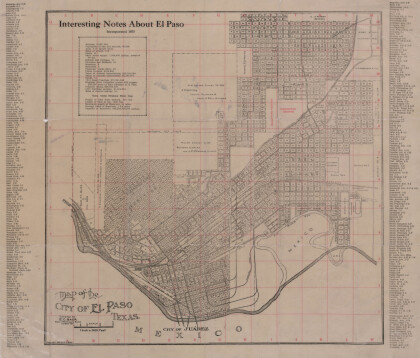
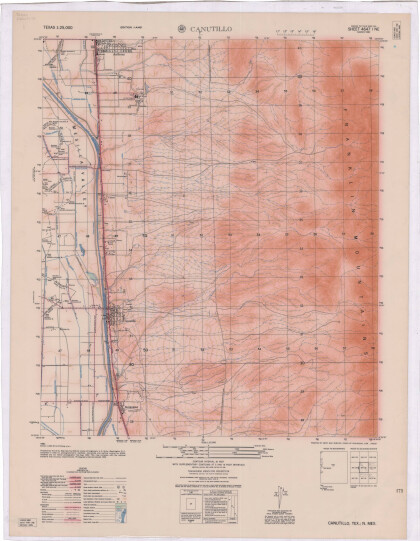
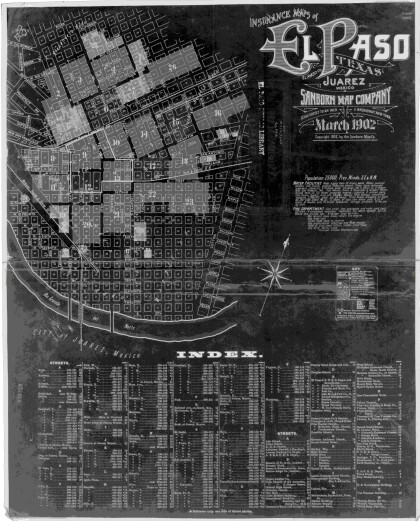


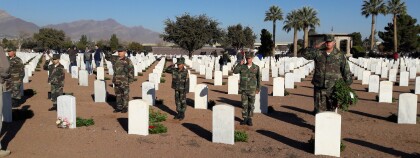
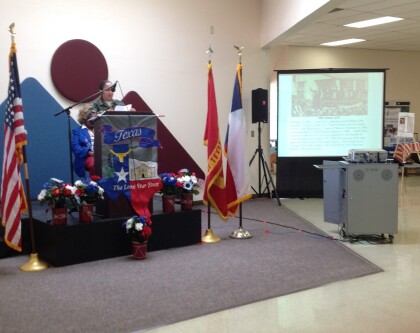
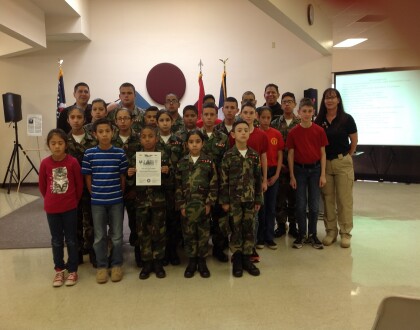
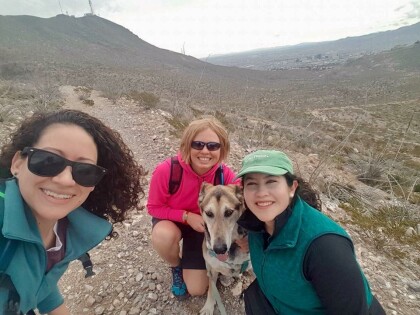

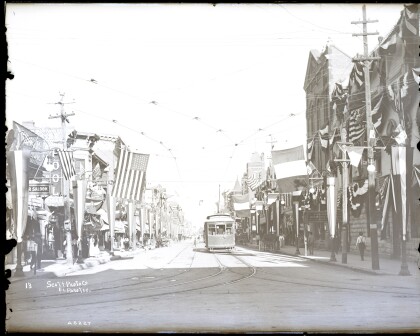
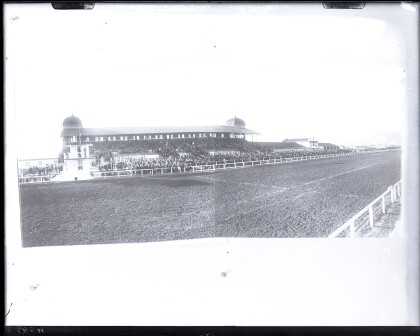
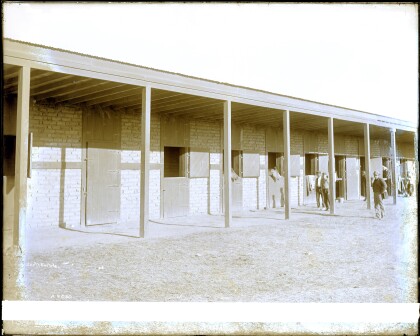
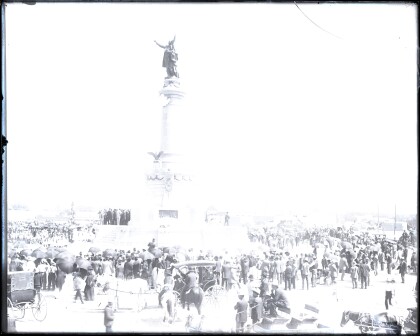

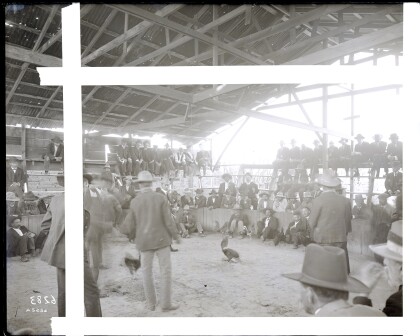
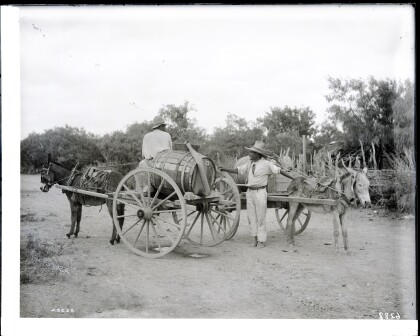
Comments
Add a comment